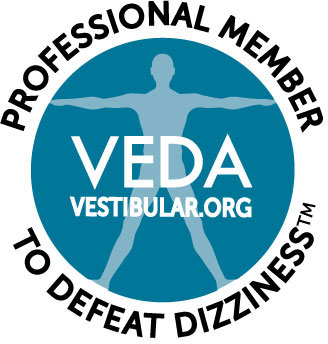Double vision is a serious condition that can cause blurred vision, headaches, dizziness, and a range of other uncomfortable, distressing symptoms. If you see double even on rare occasions, this may signal a problem with your binocular vision system. The good news is that this condition can be corrected. If you experience double vision, it’s important to seek medical attention promptly so your doctor can determine the underlying cause of the disorder and provide the appropriate treatment.

Symptoms of Double Vision
Patients with double vision may experience the following symptoms:
- Misalignment of eyes, causing a “lazy eye” or “cross-eyed” appearance
- Headaches
- Nausea
- Pain around your eyes when moving your eyes
- Pain in your temples or around your eyebrows
- Weakness in your eyes
- Droopy eyelids
If you are suffering from these symptoms, we recommend visiting a visual health specialist at your earliest convenience.
Causes of Double Vision
For people with healthy vision, the process of seeing clearly is something probably taken for granted. But it’s actually an incredibly complex process that relies on numerous components of your eyes and brain working seamlessly together. The primary components of your visual system include:
- Cornea: Outer part of your eye that is responsible for focusing the incoming rays of light.
- Lens: Responsible for focusing the light onto your retina.
- Eye Muscles: Ensure that both of your eyes move in sync together so you see one clear image rather than double images.
- Nerves: Carry the light rays from your eyes to your brain for processing.
- Brain: Processes the light rays, allowing you to “see” the world around you.
If any one of these components develops an irregularity, it could cause you to experience vision problems such as seeing double.
Binocular vision dysfunction, an eye strain disorder, is a common cause of double vision. This condition results from a misalignment of the eyes, which the small muscles in the eyes have to work overtime to correct. Over time, this puts a major strain on these muscles, and can lead to symptoms of double vision.
Diagnosing Double Vision
Diagnosing and determining the underlying cause of your double vision typically involves a range of methods including physical exams, MRI and CT imaging, and potentially blood tests. Two types of double vision are monocular diplopia, which often results from refractive errors, and binocular diplopia, which results from eye misalignments caused by an injury, stroke, or eye muscle problems.
In most cases, double vision can be treated. Even in cases where it can’t, your doctor should be able to offer you effective treatment to reduce your symptoms.
At Neuro Visual Center of New York, Dr. Cheryl Berger Israeloff and the rest of the staff have significant experience diagnosing and treating patients with double vision and related eye misalignment disorders like vertical heterophoria. With our state-of-the-art equipment, we can perform a comprehensive exam to detect not only the underlying cause of your double vision but provided effective treatment to help you function comfortably.
To schedule an appointment or to learn more about double vision and related symptoms, call the Neuro Visual Center of New York today at (516) 224-4888.





